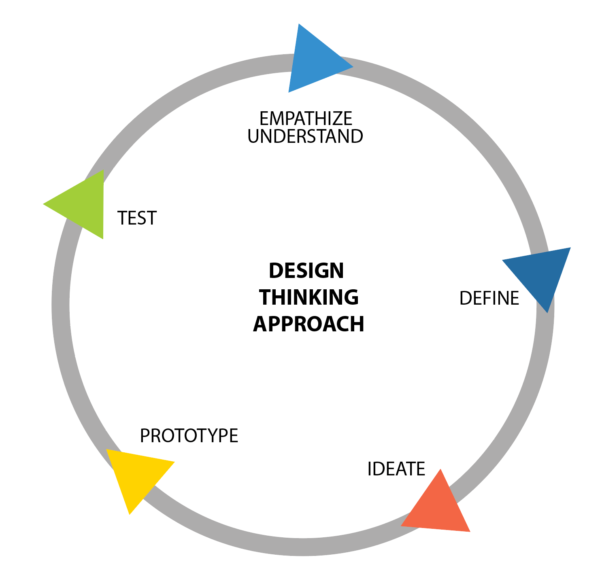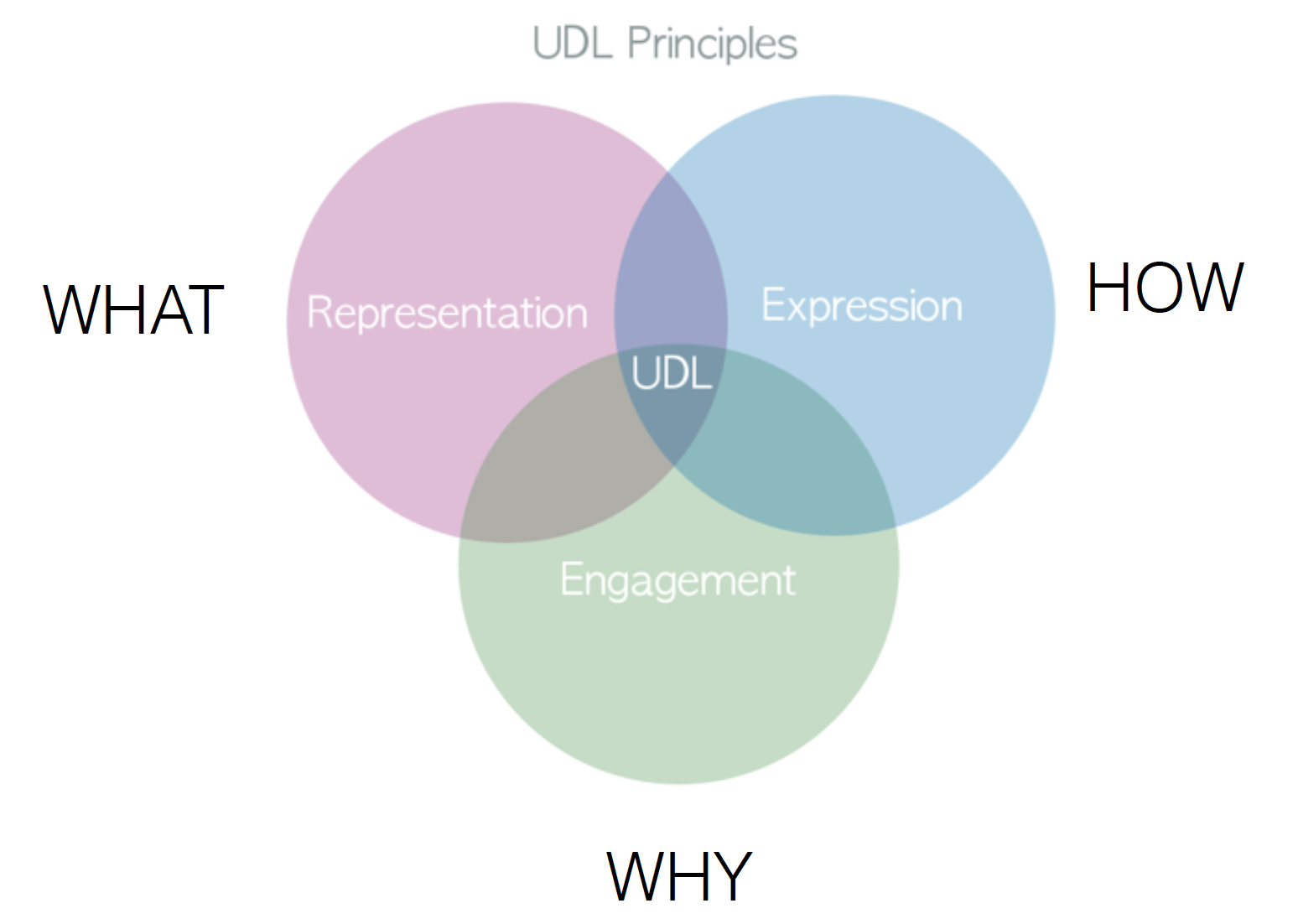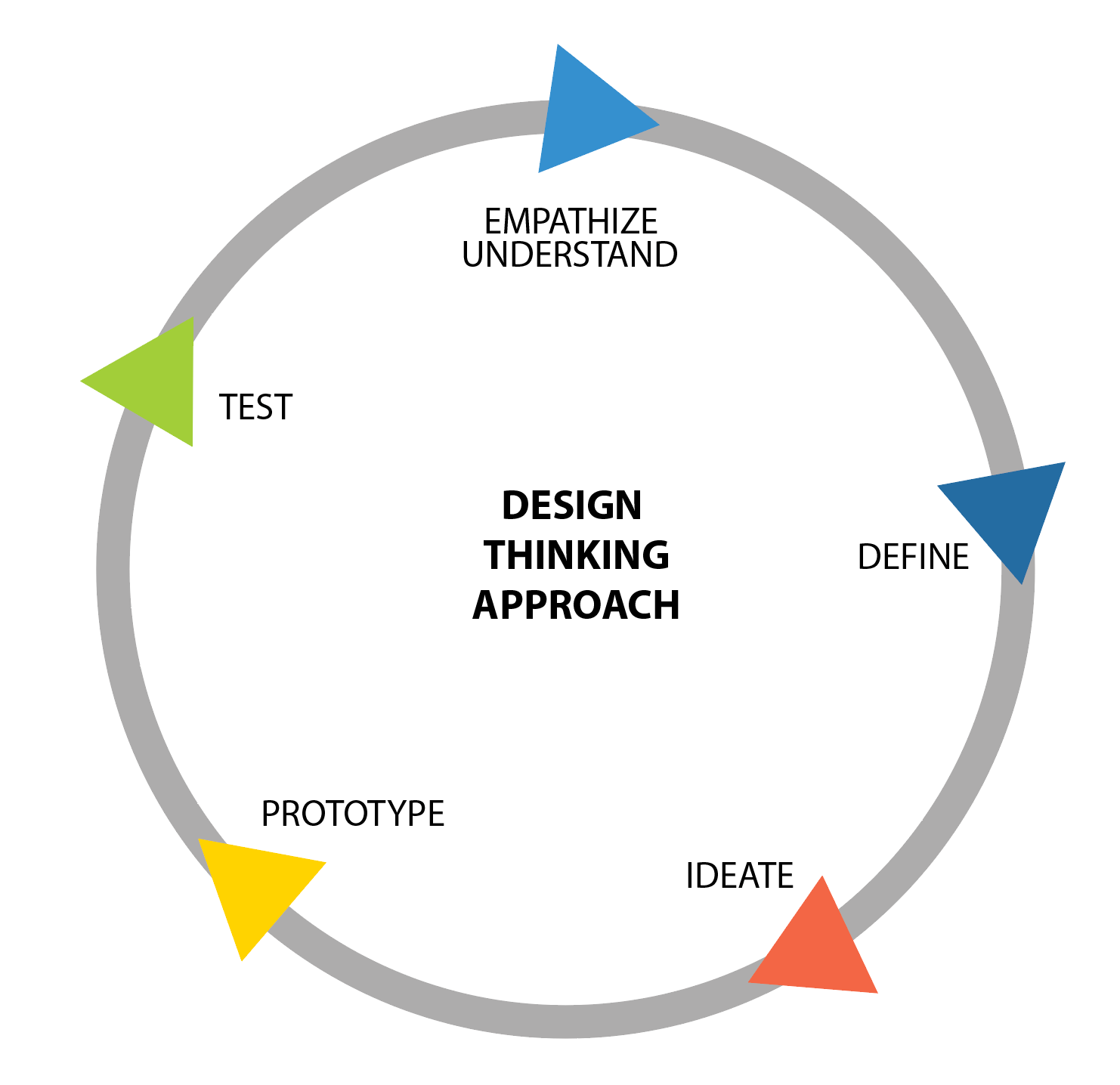Universal Design for learning (UDL) has its roots in the ideology of the architectural concept of Universal Design where by buildings and structures are made accessible for the maximum range of users, giving due consideration to a range of disabilities (Mace, 1985). Mace defined Universal Design as ‘the design of products and environments to be usable by all people, to the greatest extent possible, without the need for adaptation or specialized design’ (Burgstahler, 2008; Centre for Applied Special Technology, 2011). Later, Universal Design for learning or UDL, in short, was introduced by Anne Meyer and David H. Rose, and the Centre for Applied Special Technology (CAST). Based on Mace’s key principle, Meyer and Rose believed that it was not the leaner but the curriculum and the approach that needed intervention, to meet the key learning objectives by making education itself more responsive. There was a need to shift the focus from fixing the students to fixing the curriculum. This approach is primarily based on the ‘variability of the learner’ and the human capacity to learn. The fact that each individual has varied styles and approaches to learning, and that the one-size-fits-all phenomena does not help. The same is true when applied to curriculums and the deliverables of a course.
‘The goal of UDL is to develop teaching methods that enable all students with diverse learning needs, including those with disabilities and cultural differences, to have equal access to the curriculum’ Pace & Schwartz (2008)
Established on the anatomy of the brain and the functions of different regions, three primary classes of networks for learning have been identified by Meyer, Rose and Gordon (2014), which has paved the way for the three core principles of the UDL approach; engagement, representation and expression.
The three core Universal Design for Learning (UDL) Principles; representation, expression and engagement are based on the ‘what, how and why’ of learning. Learners approach their learning in different ways and that depends on the uniqueness, barriers to learning like disabilities, language, cultures etc., of each individual learner. The three principles applied to instructional practice helps draw the required connections in the curriculum leading to more proactive planning and taking into account student variables.
“Venn Diagram” by University of Denver is licensed under CC BY 4.0/ Design modified from original (Source: RDC Centre for teaching and Learning)
What integrates these 3 principles is the idea of providing students with a range of best practices, affording options for students to better their learning experience, reduce learners stress and be more successful and productive. These 3 primary principles of Universal Design were used to plan the redesign of the pilot course for the purpose of this research, with the aim to give the students the tools to empower themselves and increase engagement making them active learners.
A design mind-set is not problem-focused; it is solution focused and action-oriented towards creating a preferred future. Design Thinking, and its approach has its roots in empathy and understanding the user and their needs; in this case, the students and their reason and purpose for being in the class room. A class room full of students has diverse needs and effective pedagogy should be able to recognise these needs and provide the students with the appropriate tools to carry out the required tasks to reach the end goal. Design Thinking as a system is collaborative and experimental. It encourages exchange of ideas, critical thinking, has room for reflection, learning from experiences and applications, with the recourse of coming full circle. Its experimental nature allows for failure and to return to the ‘drawing board’ to come up with new ideas and alternative approaches. Design thinking is not linear in its approach; it is a circular reasoning process that emphasises growth and progress, with its reality lying not in finding that perfect solution but discovering interventions to problems and ‘learning by doing’.
Design thinking as five-step approach that starts with empathy and understanding of the key issue/s, leading to defining the problem at hand, followed by brainstorming, prototyping and creating a paradigm template to be implemented and finally testing the idea/s. It is a flexible approach as it gives the user the option to reverse back to any stage as needed during the cycle, if a stumbling block is encountered.
Design Thinking Approach/Framework
(Source: Wania, 2018)
From understanding the user to defining the problem at hand, prototyping and testing of ideas this approach to course redesign introduced some initiatives with the key outcome to make the course more collaborative, human-cantered, optimistic and experimental. This is a process-oriented approach, meant to be a work in progress, with the aim of improving pedagogy in post-secondary education. It is the start to coming up with new and improved ways to make education more inclusive and rewarding.
This is needed more than ever now. Post-secondary education going online in the last year has raised many question and concerns but with that there is opportunity and the impetus to probe deeper.



